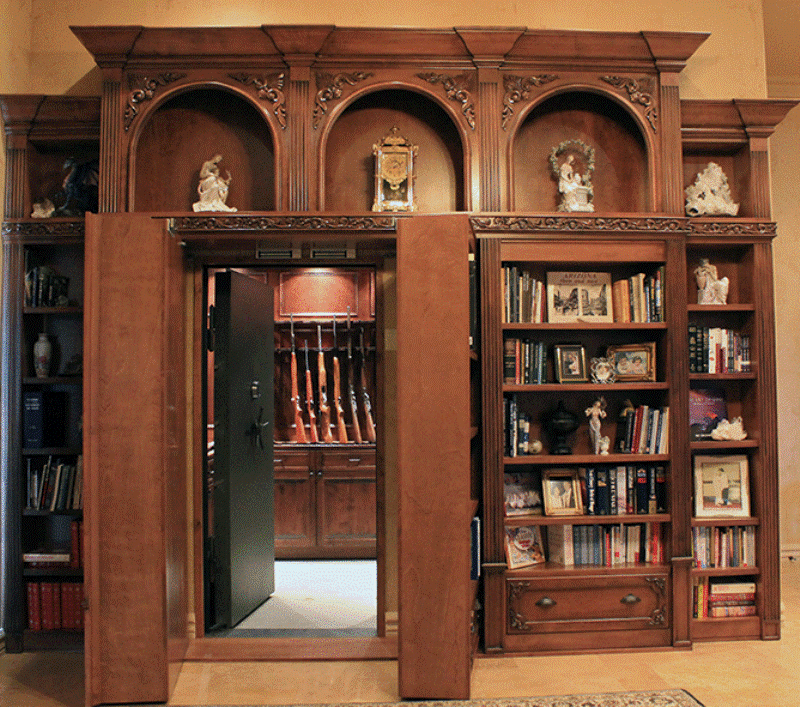Dairy products like Greek yogurt is famous and stands out for its quality and taste around the world. The recipe is so simple !!! A little fresh milk of good quality, a little yogurt yeast, a warm environment and 3 waiting eggs are enough to taste pure, tasty, traditional yogurt from your hands !!!!
Here you will find all the secrets I learned to make yogurt in the traditional way. How to achieve the perfect skin, how to check the right temperature without a thermometer, when is the right time to add yogurt yeast and how to make your own strained yogurt!
The only thing that will make your yogurt different from the yogurt of your grandparents, when their yogurt coagulated from their “live” ones, is the utensil that you will thicken. They put it in a bag or in a clay pot. If they have left you as a dowry, then even better !!!! Time to use them.
Tip: Get fresh sheep’s milk from the trade or if you are lucky, milk the sheep in the herd and thicken your own yogurt with fresh milk. Sheep’s milk has a higher fat and protein content than goat’s and cow’s milk. It has better density, texture and skin. If you get milk from the trade, make sure it is fresh (short-lived) and full of fat.
Good luck!!!!
The ingredients of the traditional yogurt
There are only two things you will need to make toy own traditional yogurt:
- 1 lt. fresh sheep’s milk
- 1 tbsp. yogurt yeast (sheep yogurt with skin)
Implementation
Step 1: Milk the milk and pass it through a sieve to filter. We start the process of making yogurt immediately. Fresh milk is affected by high temperatures and can become sour if not used immediately or stored properly. In case it becomes sour, “cut” as the old saying goes, it is not suitable for making yogurt or cheese – feta.
(If our milk is commercial we skip the first step.)
Step 2: Place the milk in a saucepan. Turn on the stove at low volume. It is very important that the milk heats up slowly. If the milk boils, “rolls” as your grandmother would tell you, then we will not be able to thicken the yogurt.
Stir gently constantly with a wooden utensil, touching the bottom of the pot so that the milk does not stick.
As the milk heats up we notice that it evaporates, a thin foam is created on its surface and its smell changes, it becomes sweeter and more muscular. We make sure that the temperature of the milk does not exceed 80 or at most 95 degrees Celsius and in no case do we let the milk heat up to boiling point. We just want it to steam and not booze.
Stir until the foam thickens on the surface. This process takes about 45 minutes.
Step 3: Remove the milk from the stove and let it cool until its temperature reaches 40-50 degrees Celsius depending on the season. (In the warm months this temperature ranges from 40 to 45 degrees Celsius. In the cold months when the temperature of the milk is more difficult to maintain it is better to thicken it at a temperature of 45 to 50 degrees Celsius.)
We take 5 tbsp. milk separately and add 1 tbsp. yogurt yeast. Stir until well blended. Add the solution to the milk and mix well.
Step 4: Transfer the mixture to a bowl, preferably to a clay pot. Pour it finely and as it falls, foam is formed. This is a trick to make our yogurt a better skin.
Cover with a clean blanket to maintain its temperature. We make sure we have a warm environment. Our yogurt will be ready in 3 hours. If it gets cold it may take longer to thicken, maybe an entire night. In case the yogurt is slow to thicken, it acquires a sour taste.
If the temperature is kept constant, it will thicken quickly and the yogurt will have a sweeter taste. In the winter months when the room temperature is low enough to keep the yogurt warm, we can place it in an oven preheated to 50 degrees Celsius. Once we place the yogurt in the oven, our oven is off. To be sure that the oven will be kept warm we can only keep the light on.
Once the yogurt thickens, we can remove the whey or otherwise “whey”, therefore make it drained with a denser texture. The process is very simple.
Place the yogurt in a tulip – bag or in a colander with dense holes (eg tea).
Support it so that it floats and place under a utensil to collect the liquids that will be excreted. We leave it like this for about half an hour and our strained yogurt is ready !!!!
What you see in the photo is my strained yogurt from cow’s milk !
Important notes
With the same preparation process we can thicken yogurt with cow’s or goat’s milk. The result of course will not be the same in texture and density and of course will differ greatly in taste, but this is a matter of preference.
For yogurt yeast we use sheep yogurt with skin as in this yogurt the lactic acid bacteria are active. Commercial yogurts that do not have active bacteria are not suitable for use as yogurt yeast. Make sure that the yogurt yeast does not include the skin because it will be difficult to dissolve it with the milk.
Fresh milk must be pasteurized before it can be consumed in any form in order to destroy possible pathogenic microorganisms that are harmful to our health. To make our yogurt, the milk is heated slowly and steadily to 85 degrees Celsius and thus its pasteurization is achieved at the same time.
If we do not have a thermometer we can understand the temperature of the milk at each stage of preparation empirically. In the simmering phase, adjust the intensity of the stove until the milk is steaming. (Milk begins to steam above 60 degrees Celsius). In the phase where we want to calculate the temperature to drop the rennet dld at 45 to 50 degrees Celsius, it is enough to dip our little finger and withstand the temperature of the milk counting up to 22.
Preserve the yoghurt in the refrigerator from 2 to 5 degrees Celsius . Above 5 degrees Celsius, pathogenic bacteria harmful to our body begin to grow.

